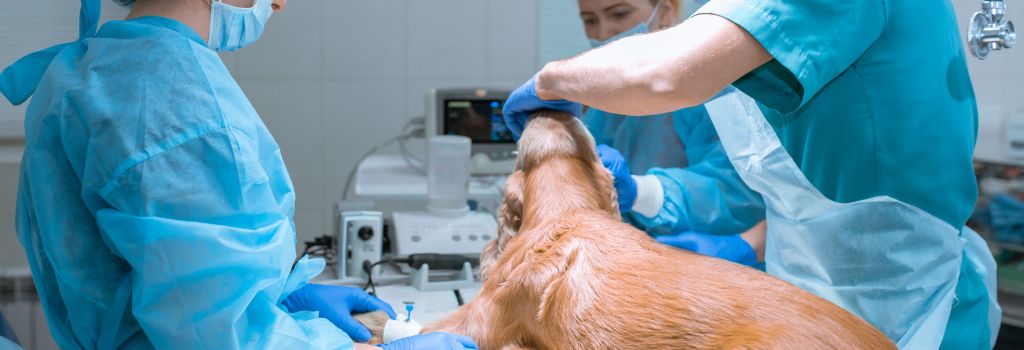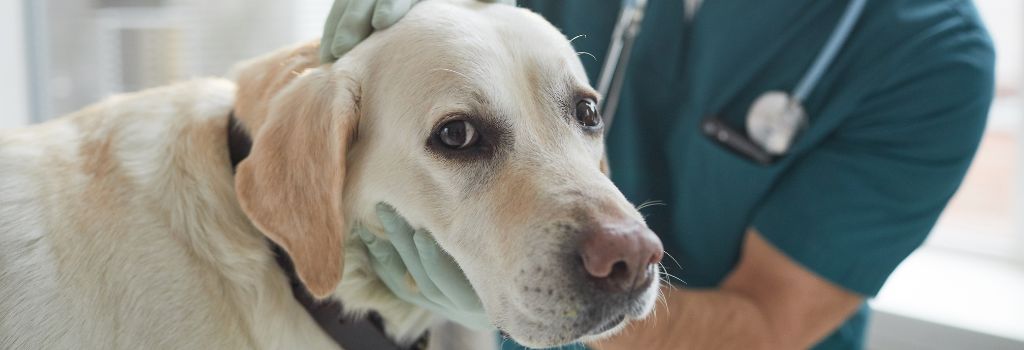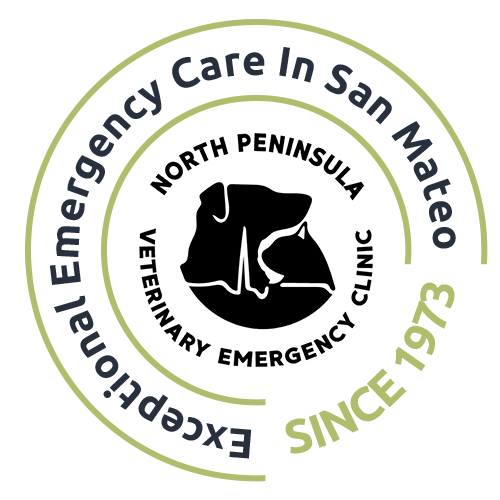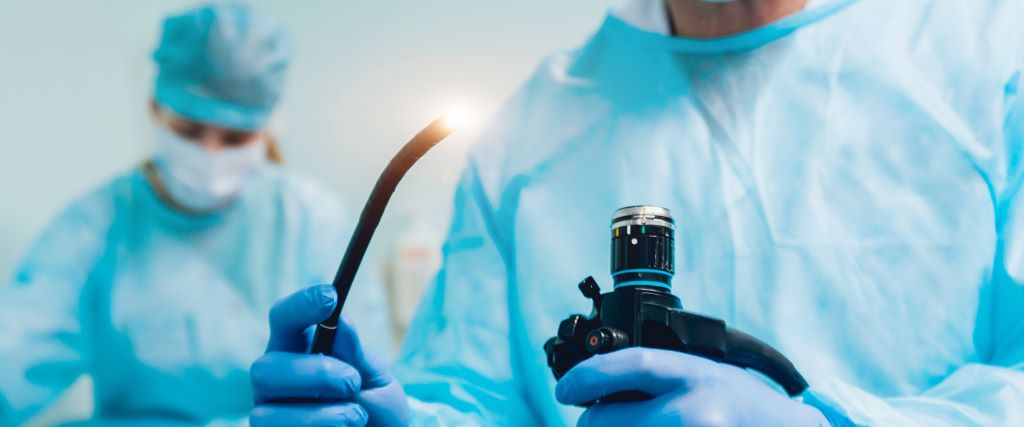If your dog is feeling under the weather, perhaps not eating well, or vomiting, and the reason is not immediately clear, your veterinarian may recommend an endoscopy to identify an underlying problem and help reach a conclusive diagnosis. This minimally invasive procedure offers an internal look at some of your dog’s organs without causing any unnecessary stress or discomfort because the procedure is performed with sedation.
What is endoscopy?
Endoscopy is a minimally invasive diagnostic procedure performed right in your veterinarian’s office that provides a real-time look at some of your dog’s internal organs. It involves the use of an endoscope—a medical instrument with a camera. A rigid endoscope examines smaller areas of your dog's anatomy, such as the nose and throat, while a flexible endoscope examines larger organs, such as the stomach and parts of the intestines. While many pet owners associate endoscopy specifically with gastrointestinal issues, it is actually used to help diagnose a number of different diseases.

Endoscopy can be used to examine the following internally:
- Nose
- Ears
- Mouth
- Trachea
- Esophagus
- Gastrointestinal (some parts) tract
- Rectum
- Urethra and Bladder
Why is My Veterinarian Recommending an Endoscopy?
If an endoscopy has been recommended, it is likely because your dog is experiencing weight loss, vomiting, diarrhea, urinary or respiratory issues, and your veterinarian needs more information about what may be causing such symptoms. If bloodwork, radiographs (x-rays), and ultrasound appear normal, your veterinarian may need to perform further tests to help reach a diagnosis—with endoscopy being one of those tests. An endoscopy will provide a closer look inside your dog and allow the endoscopist to collect tissue sample(s) for a biopsy if indicated. Endoscopy can also be used if your dog has a gastrointestinal or bowel obstruction from swallowing a foreign object. A small clasping mechanism can be attached to the endoscope to attempt to retrieve the object.
What Is Involved In a Dog Endoscopy?
An endoscopy varies depending on your dog’s need, but the process involves general anesthesia. After sedation and anesthetic induction, the endoscope is inserted into the appropriate orifice of interest, depending on the symptoms identified. The veterinarian will have real-time observation of the organs of interest as the endoscope is being maneuvered. The procedure may last from 30-60 minutes. Depending on what is observed, the veterinarian may elect to collect tissue samples for biopsy, other samples for culture, and take photographs of any abnormal tissue areas if noted. With the exception of pending laboratory results (e.g., biopsy, cytology, or culture), most endoscopies result in the veterinarian being able to identify a problem and provide a diagnosis.
How Do I Prepare My Dog for an Endoscopy?
Since local or general anesthesia will be administered for your dog’s endoscopy, they should receive a thorough examination from your veterinarian prior to the procedure. This will help to ensure they are in good health and can easily handle both the anesthesia and the procedure itself. A full blood panel may be required as well to help the veterinarian identify the safest anesthetic drugs to use for the procedure. Your dog must also fast before the endoscopy, as it is important that their stomach and bowels are empty for a gastrointestinal endoscopy to be effective.

What Is Involved in Endoscopy Recovery?
Dogs are typically allowed to return home the same day post endoscopy after they recover from the anesthesia. The only situation that warrants an overnight stay is if your dog is suffering from a serious illness that requires monitoring, or additional treatment, which is unrelated to the endoscopy itself. Side effects from endoscopy are rare since it is a minimally invasive exploratory procedure.
Ending Notes
While the thought of our furry friends undergoing any medical procedure can be daunting, understanding the whys and hows of endoscopy can bring peace of mind. This minimally invasive technique not only aids in accurate diagnoses for many illnesses and abnormalities, it can also be critical in providing timely and effective treatments. Remember, early detection of any abnormality is often key to managing health issues, and endoscopy is a powerful partner in protecting the well-being of our precious pups.
If you suspect that your pup might benefit from this procedure, do not hesitate to reach out to us for more information. After all, when it comes to the health and happiness of our four-legged family members, being well-informed is the first step towards ensuring they live long, tail-wagging lives!
If you have questions and you would like to reach out to us, you can call us directly at 650-535-3557, or you can email us at clinic@northpenvet.com. Don't forget to follow us on social media Facebook, Instagram.
This blog was first seen at Westside Family Pet Clinic.

